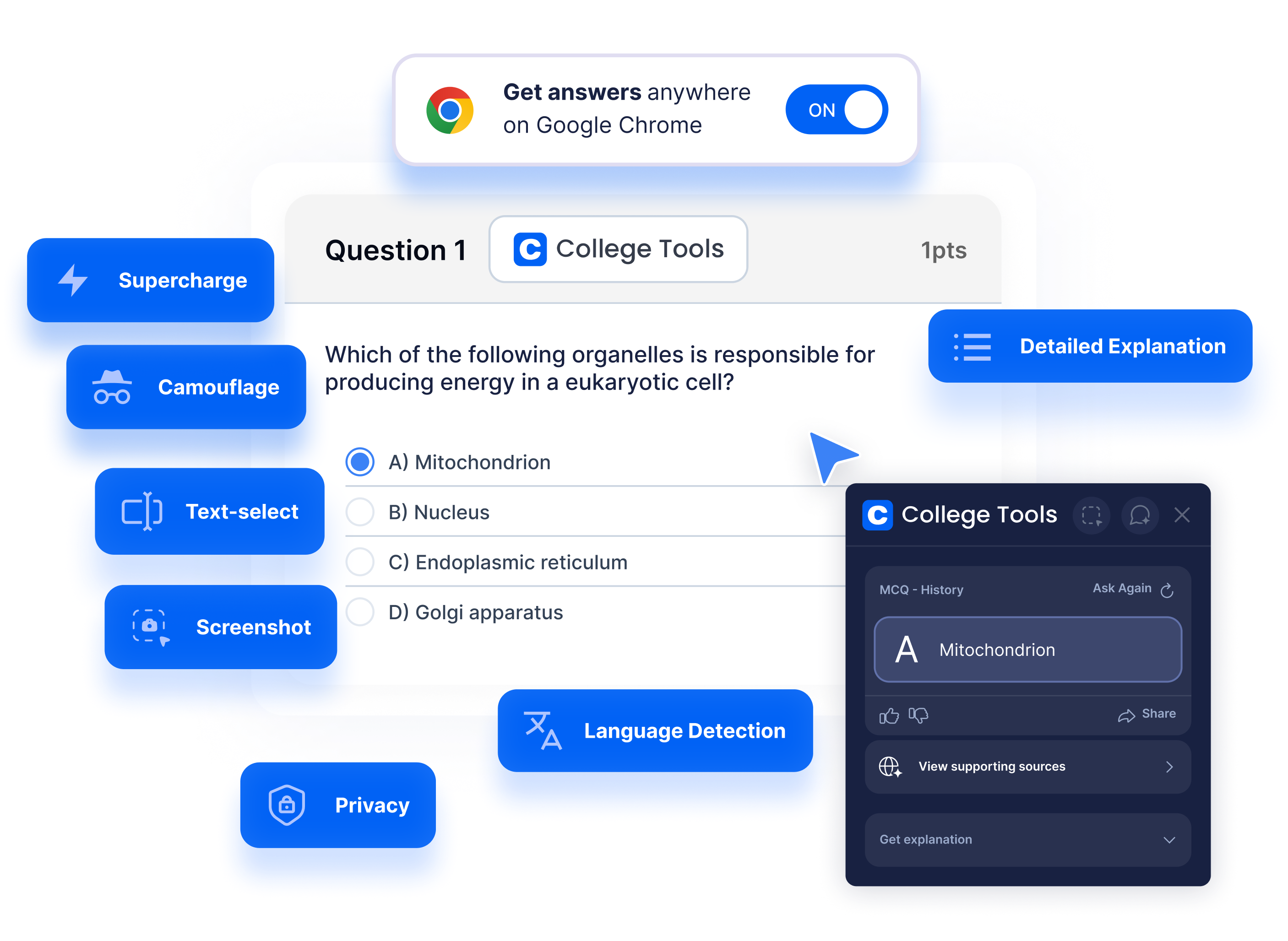Education has always been a significant pillar in any society, as it dictates the future of generations to come. However, as we venture further into the 21st century, education is no longer confined to physical textbooks and classrooms. Technology has made its way to the forefront, impressively reshaping the world of education as we know it. There’s no denying that the advent of learning apps and AI-powered learning platforms has changed education for the better. These advancements have turned education into a more accessible, personalized, and engaging experience for learners across the globe.
The Wave of Digital Revolution in Education
Looking back a decade, who could have imagined that technology could tailor a learning program to our individual needs? Who guessed we could attend lectures halfway around the world with just a click? Who thought artificial intelligence would be this involved in our education? But here we are, in the midst of what Forbes coins the fourth industrial revolution, witnessing AI infiltrate various sectors, with education sitting right up there.
As McKinsey rightly points out, the global pandemic has only accelerated this digital transformation, pushing many companies, including schools and universities, over the technology tipping point. As a result, it has reshaped businesses and education as we know them.
Little did we know that the best learning platform wouldn’t remain confined to four walls and a chalkboard. With technology advancement, the entire planet can now serve as a global classroom.
The Rise of Learning Apps and AI-Powered Platforms
As an aftermath of this technological boom, learning apps and AI-powered platforms have begun to surface more often than not. These apps use advanced algorithms and AI technologies to adapt to user needs and deliver personalized learning experiences.
Every subject under the sun can now be found on these platforms, from coding to cooking and everything in between. Kids can learn alphabets, teenagers can master the art of SAT prep, and adults can take up any new skill they fancy. The broad spectrum of subjects makes these platforms cater to a vast age range and diverse set of interests.
AI-powered technologies in these platforms create individual learning paths, ensuring an understanding level that one-size-fits-all education standards might not offer. These platforms gauge your speed, learning style, and even the time of the day you learn best to tailor-make your learning journey.
The adoption of these advanced mediums of learning has made education an even playing field. It no longer matters if you have access to high-quality education in your immediate vicinity because with an internet connection and a thirst to learn, you can have it all.
Not Just Learning: The Extended Benefits of Technology
However, to say that the boom in AI-powered learning platforms and learning apps is only beneficial for learning would be an understatement. It goes beyond; it creates a learning community. Students can connect with those who have similar queries, work together on projects irrespective of geographical barriers, and indulge in group studies—even if they are continents apart.
Moreover, learning at your own pace without being rushed by a curriculum's speed removes the fear of lagging, promoting a much healthier space for learning. This flexibility, along with the ability to revisit lectures and materials, alleviates the stress associated with learning, creates a more amicable environment, and consequently increases the efficiency of the learning process.
There's also no denying that the integration of technology in education prepares students better for the future. With the world progressively moving to digital, exposure to using these platforms and tools equips learners with the skills required to excel in the technologically driven world waiting for them.
So, What's the Next Step?
As edTech continues to evolve, both students and educators must stay informed and take maximum advantage of what technology has to offer. The key would be to adapt continuously to the emerging trends and tools in the education technology landscape. An example of such a tool is the College Tools extension available here that leverages AI technology to assist students with multiple-choice exams.
In conclusion, the integration of learning apps and AI-powered learning platforms is an obvious game-changer for education. Not only has it made learning more accessible and interesting, but it has also enabled students to make the most of the resources available to them, all at their fingertips. It's crucial for everyone involved in the education chain, be it students, teachers or parents, to realize the power of these advancements and harness them as tools for better education and a brighter future.









